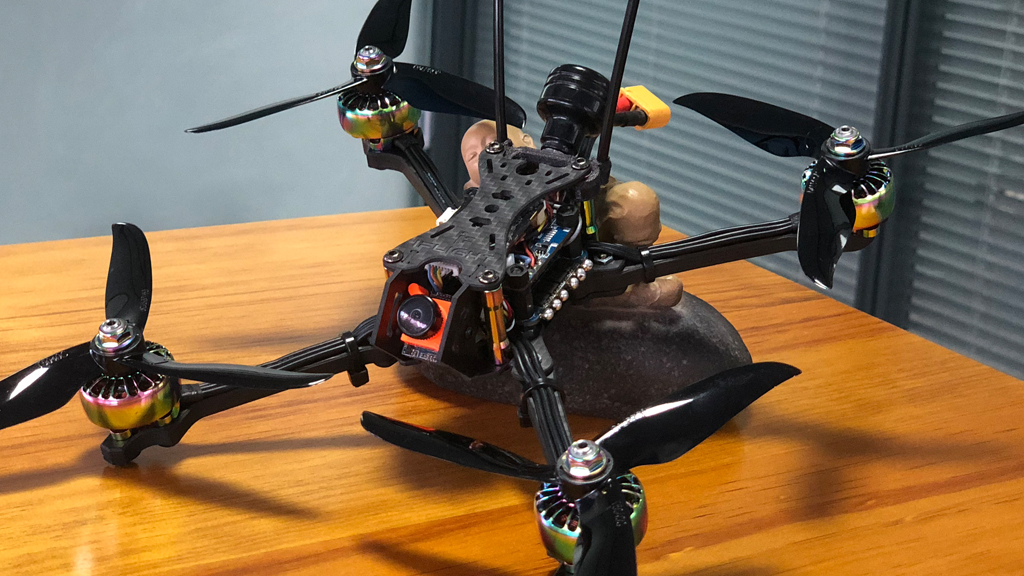

A racing model will typically have its four motors configured in an H-pattern configured to thrust the drone forward, not up. A photography quadcopter design will typically have four motors configured in an X-pattern, all equally spaced apart.

Racing drones are designed for speed and agility, as opposed to a photography/video drones which are focused more on hovering and stable filming.

FPV DRONE RACING PRO
Recently they added the Pro Class racing drone, which is currently the largest competitive drone racing format in the world.
FPV DRONE RACING SERIES
The Drone Racing League (DRL) makes all of the drones used in its events in house pilots are supplied with drones, backup drones, and parts by the league itself, not independently.ĭR1 Racing, utilizes an open spec class format that relies on each team in the series to supply their own drones, goggles and gear. For competition, aircraft are typically separated into classes, separating winged craft from rotorcraft and also categorizing by size and power. MultiGP, defines community produced specifications and allows participants to supply their own drones increasing competitiveness and innovation. Any drone could be used to race, however competitive FPV racing leagues require drones to meet certain standards. While the pilot always requires goggles, some drone racing organizations insist they should also be used among spectators alike by simply switching the frequency to the channel of the racer one wants to watch, although this can only be done with drones with analog video transmission, as digital transmission is usually a one-to-one pairing to the pilot. Some of these features include a wide field of view (FOV), receiver diversity, digital HD video, head tracking, multiple frequency settings, band settings and DVR (digital video recorder) recording functionality. FPV goggles on the market range from $40 to $800, with the more expensive goggles offering more and better features. The remote control, drone, and goggles are all connected via radio and must transmit with sufficient speed and reliability to allow effective control. The image is transmitted as analog video (typically 2.4 GHz or 5.8 GHz frequency, 1.3 GHz for distant transmission) to goggles or monitor worn by the pilot. This is accomplished by live streaming footage from a camera mounted on the nose of the drone. FPV (first person view) flying means that pilots only see what the drone sees.


 0 kommentar(er)
0 kommentar(er)
